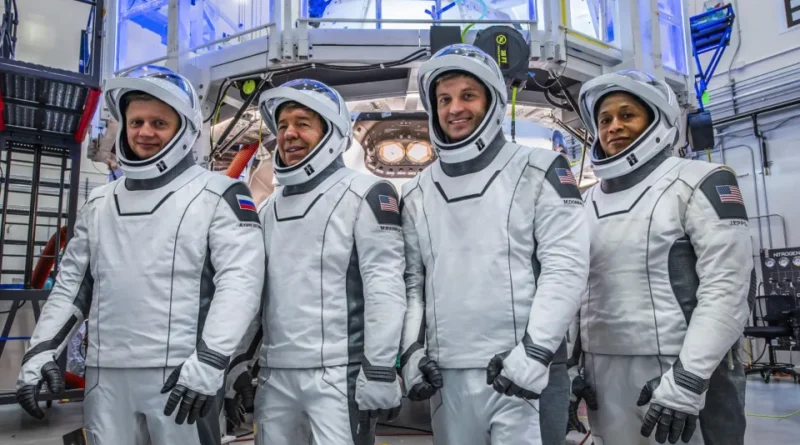SpaceX Crew-8 Astronauts Departing ISS on October 13
On 13 October 2024, SpaceX Crew-8 will splash down in Earth after taking months on the International Space Station. That marked the end of a very effective journey that was somehow quite important to the scientific research and technology space. Here is a brief summary of what the crew-8 mission did and what you would expect when they return:
Brief Overview of the Crew-8 Mission
- NASA launches the very first Commercial Crew Program mission this year called Crew-8. The crew consists of:
- NASA astronaut Matthew Dominick (Commander)
- NASA astronaut Jeanette Epps (Pilot)
- ESA astronaut Andreas Mogensen (Mission Specialist)
- JAXA astronaut Satoshi Furukawa (Mission Specialist)
The specific mission for the crew was to continue biological research, testing technologies on space, and analyzing how space affects human body and Earth’s climate.
Mission Highlights
Biological and Medical Research: The crew examined the effects of microgravity on the human body, which will be a vital input into future long-duration missions.
Technological Advances: The crew tested robotics and autonomous systems. That will support future lunar and Mars missions.
Environmental Monitoring: The astronauts took climatic data of Earth. They monitored how climate was changing in atmosphere and ocean temperature from up here in space.
Return Plan: What to Expect
The return process will therefore follow steps as follows:
Undocking: Crew Dragon Endeavour will autonomously undock from the ISS on 13 October to begin preparations for its re-entry
Deorbit Burn: It will do a de-orbit burn that will enable it safely re-enter Earth’s atmosphere
Re-entry and Splashdown: After re-entry, parachutes deploy, and the crew splash down in the Atlantic Ocean. Recovery teams are planned to assist them there. What’s next for SpaceX and the ISS?
Return of Crew-8 is a testament to the NASA Commercial Crew Program’s success, in which SpaceX is now a participant in future human spaceflight missions. Plans for the Crew-9 launch have already begun and are scheduled for early 2025. While the ISS remains a hub of scientific discovery, future missions on the ISS bring new areas of research forward, especially concerning long-duration space travel, for example, the Moon and Mars.
Conclusion
On October 13, the safe return of the crew on board the Crew-8 milestone once again pushes human space exploration to an even greater challenge. Contributing more and more to understanding life in space, while awaiting further missions into deep space, science and technology have come closer with the efforts given in this venture by SpaceX. With more space missions looming on the horizon, SpaceX remains a critical factor in advancing human spaceflight.
IMAGE SOURCE – https://www.engadget.com/
